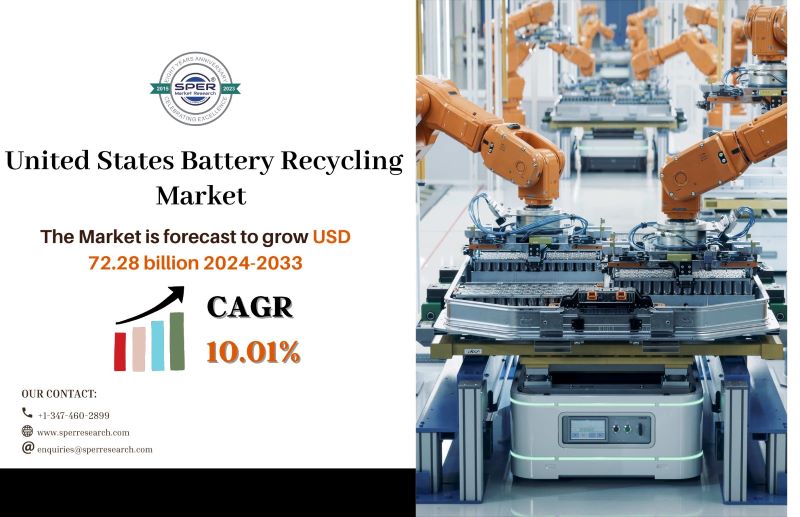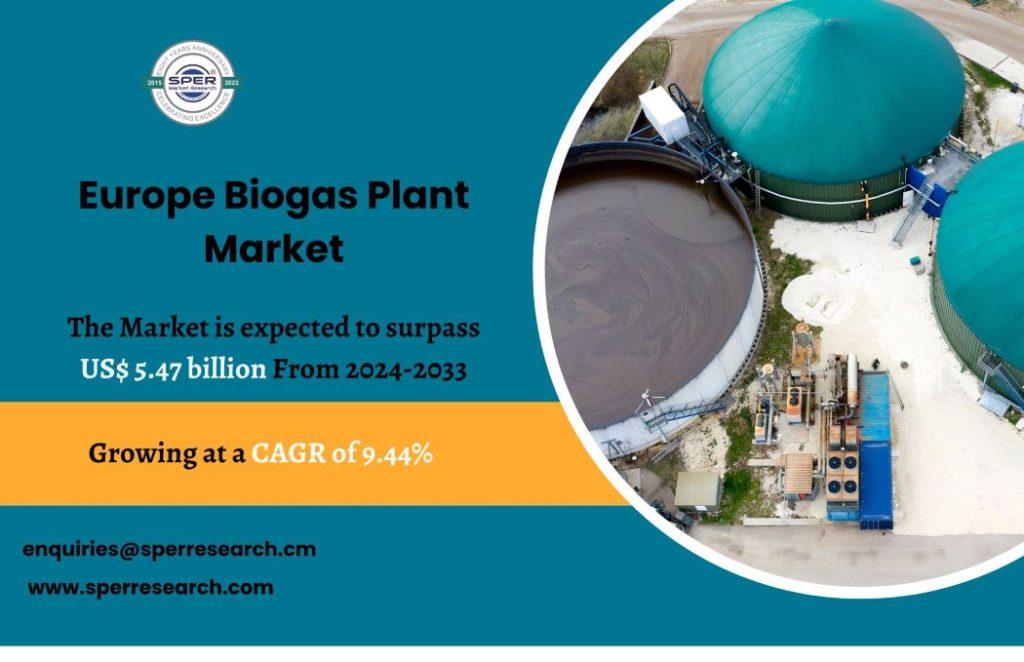GLOBAL SOLAR BIOGAS HYBRID POWER SYSTEM MARKET IS PREDICTED TO REACH USD 53.16 BILLION BY 2032: SPER Market Research
Solar bio-gas power systems are hybrid power plants that use both solar energy and the processes used to produce biogas to provide electricity. Photovoltaic panels harvest solar energy, while organic wastes like sewage and agricultural residues break down to create bio-gas. After that, either alone or in conjunction with solar energy, the bio-gas is used to power generators and produce electricity. In addition to optimizing energy output, this hybrid system offers a reliable and sustainable power supply. The market data for solar bio-gas hybrid power systems, which can be found in one or more industries, is compiled in this study. Data is analyzed using both quantitative and qualitative techniques in the market analysis on solar bio-gas hybrid power systems.
The Global Solar Biogas Hybrid Power System Market is projected to reach USD XX billion by 2033 with a CAGR of 4.9%, according to SPER market research, “Solar Biogas Hybrid Power System Market Size- By Component, By End User, By Location- Regional Outlook, Competitive Strategies and Segment Forecast to 2032.”
For rural electrification, solar bio-gas hybrid power systems are a viable alternative, particularly in areas with limited access to energy grids. By providing a stable and sustainable power source, these systems can improve the standard of living and stimulate economic growth in rural communities. Solar bio-gas hybrid power systems’ bio-gas producing component handles organic waste disposal. These systems use agricultural residues, food waste, and sewage to help minimize waste and create a circular economy. Governments all around the world are implementing laws and providing financial incentives to encourage the adoption of renewable energy technologies. These initiatives create the ideal environment for solar bio-gas hybrid power systems to grow in the market.
Establishing a solar-bio-gas hybrid power plant may need a sizable initial capital outlay. This cost may deter some potential investors and prevent the industry from growing, particularly in places with limited funding. The availability of sunlight, which changes with the seasons and the day, is a requirement for solar energy. This intermittency may require the addition of energy storage devices and have an effect on the overall quantity of power generated in order to provide a consistent supply of electricity. The quantity of organic waste materials required for the production of biogas can vary depending on the location and accessibility of waste management facilities. Access to organic waste may be restricted, which could limit implementation.
Surprisingly, despite the early difficulties caused by the virus, the COVID-19 pandemic boosted the long-term expansion of the solar-biogas business. People are becoming more conscious of this renewable energy source and our dependence on steady, sustainable energy as a result of the crisis. Governments responded by announcing green stimulus plans and intensifying efforts to phase out fossil fuels, which set off a global energy revolution.
Geographically, because to its ongoing expansion, Asia-Pacific is expected to lead the world market for solar biogas power systems. GE Renewable Energy, General Electric Company, Siemen Gamesa, Schneider Electric, Eaton, SMA Solar Technology, Kestrel Renewable Energy, RWE International SE, Iberdola, and Husk Power Systems are important players.
For More Information, refer to below link:-
Solar Biogas Power System Market Revenue
Related Reports:
Follow Us –
LinkedIn | Instagram | Facebook | Twitter
Contact Us:
Sara Lopes, Business Consultant – U.S.A.
SPER Market Research
+1-347-460-2899









